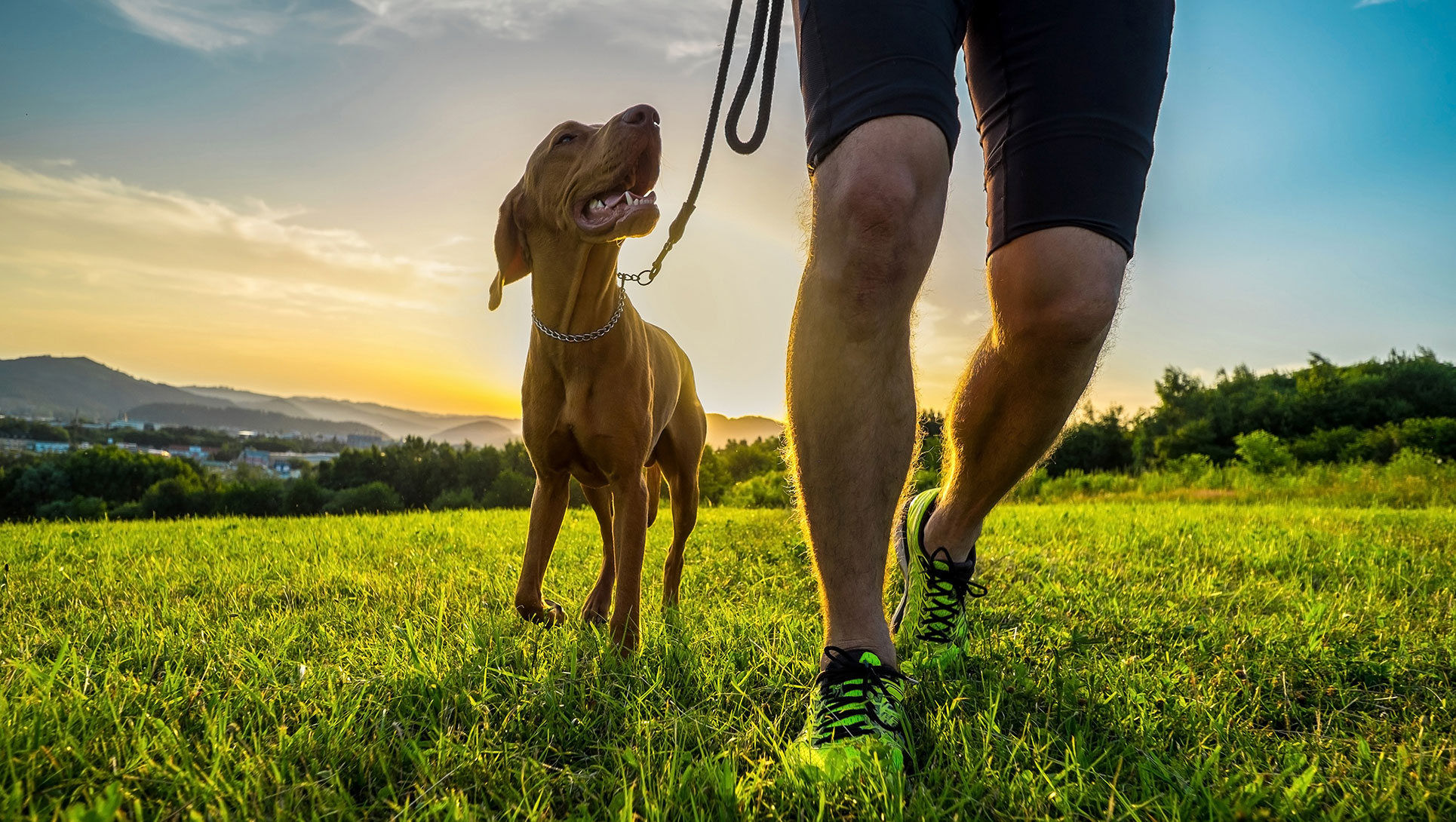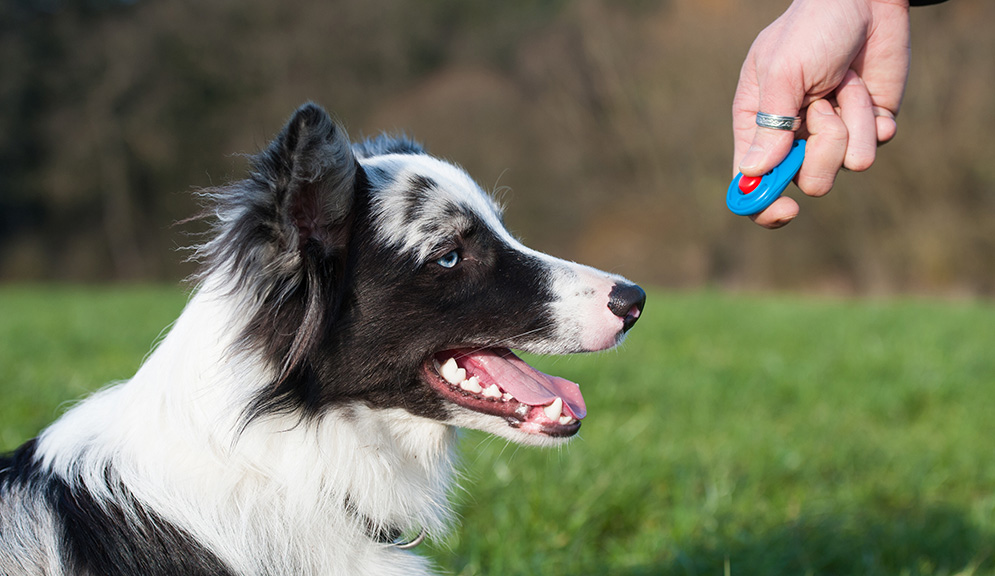Transform Your Canine's Habits With Proven Training Approaches
Changing your pet dog's behavior calls for a nuanced understanding of their specific qualities and needs, as well as the application of tested training techniques. Uniformity in your training method not only enhances obedience yet additionally cultivates a deeper bond of trust fund and regard between you and your animal.
Recognizing Pet Dog Behavior
Recognizing canine behavior is necessary for reliable training and interaction between human beings and their canine buddies. Canines, as social animals, display a variety of actions affected by genetics, environment, and experiences - Dog training. Recognizing these habits assists owners customize their training approaches to fulfill the particular demands of their pets
Secret facets of canine habits include body movement, vocalizations, and social communications. For circumstances, a wagging tail often suggests excitement, while a decreased head might signal submission or worry. Recognizing these signals can assist proprietors interpret their canine's emotion and react appropriately. Additionally, socialization plays a crucial role in forming actions; dogs that communicate favorably with other animals and various individuals are typically more versatile and well-adjusted.
Furthermore, identifying tension signals-- such as panting, pacing, or evasion behaviors-- can stop escalation right into more major issues. Proprietors who are attuned to their canine's behavior can create a nurturing and safe environment, fostering trust fund and boosting the training process. Eventually, a deep understanding of canine behavior lays the structure for an unified connection and effective training outcomes, making certain both pets and their proprietors prosper with each other.
Favorable Reinforcement Methods
Favorable reinforcement strategies are commonly recognized as one of one of the most efficient approaches for training canines, cultivating a favorable knowing setting. This technique involves satisfying wanted behaviors with deals with, praise, or play, therefore motivating the pet to repeat those actions. Unlike punishing techniques, favorable reinforcement develops trust and reinforces the bond in between the instructor and the pet dog.
Incentives should be provided immediately complying with the wanted actions to help the pet dog make the connection. Uniformity is also necessary; making use of the same commands and incentives aids the pet comprehend what is anticipated.
It is crucial to note that positive reinforcement is not about bribery; instead, it has to do with strengthening etiquette. In time, as the pet dog finds out to associate specific activities with favorable results, the frequency of benefits can be gradually lowered, transitioning to verbal praise or periodic incentives. This technique not just urges obedience however likewise advertises a satisfied and positive pet dog, making training a much more pleasurable experience for both events entailed.
Attending To Typical Concerns
Resolving typical problems throughout dog training is vital for ensuring a successful and unified relationship in between the pet dog and its proprietor. Several dog owners run into behavior obstacles, such as excessive barking, leaping, and chain pulling. Recognizing the origin creates of these actions is essential for reliable training.
Excessive barking might come from dullness, anxiousness, or an absence of socializing. To reduce this, provide enough physical workout, psychological stimulation, and chances for social communication with both humans and other canines. Leaping can often suggest exhilaration or a wish for interest. Educating the dog to rest upon greeting can reroute this actions favorably.
Chain drawing is one more prevalent issue, often resulting from a pet dog's enthusiasm to see here discover. Making use of appropriate chain dealing with methods, combined with training methods that motivate loose-leash strolling, can significantly enhance this actions.
In addition, concerns like resource guarding or splitting up anxiousness call for customized approaches. Steady desensitization and counter-conditioning can be reliable in dealing with these difficulties. By acknowledging and proactively managing these common concerns, dog owners can promote a much more delightful training experience and enhance the bond with their canine buddies.
Consistency in Training

To achieve uniformity, it is crucial that all participants of the house follow the same training approaches. For example, using the very same spoken signs and hand signals makes sure that the canine obtains uniform messages. Furthermore, the timing of modifications and rewards need to be consistent; instant support enhances the likelihood that the pet dog will certainly connect the actions with the outcome.
Furthermore, developing a routine can further improve consistency. Regular practice, coupled with organized routines for feeding, strolling, and playtime, assistance pets expect and understand their setting, making them much more responsive to training. Ultimately, uniformity cultivates a complacency and count on, encouraging pet dogs to get more information properly. By committing to an organized approach, fitness instructors can advertise favorable behavior modifications and grow a well-mannered buddy.
Structure a Solid Bond
Just how can fostering a strong bond between a dog and its proprietor improve the training experience? When a dog feels secure in its link with its owner, it is more most likely to display positive behaviors and be responsive to learning.
In addition, a strong bond helps with far better interaction. Canines are proficient at reviewing human signs, and a relying on partnership enables for more clear signals throughout training. Proprietors who invest time in building this bond via play, socializing, and positive support create an environment where pet dogs really feel eager and determined to discover.
Additionally, a reputable link can decrease anxiousness and behavioral issues, as dogs are much less likely to act out when they really feel understood and taken care of. Focusing on the advancement of a strong bond not only improves the training experience but additionally adds to a better and more well-adjusted pet dog. Eventually, the journey of training changes right into a joint partnership, resulting in lasting behavioral website here improvements.
Verdict

Owners that are attuned to their canine's habits can develop a safe and nurturing atmosphere, cultivating depend on and boosting the training process. Inevitably, a deep understanding of canine actions lays the foundation for a harmonious partnership and efficient training outcomes, ensuring both pets and their proprietors thrive together.
Resolving typical issues throughout pet dog training is vital for guaranteeing a harmonious and effective connection in between the pet dog and its owner.Uniformity is a keystone of efficient dog training, as it establishes a clear structure for the dog to recognize actions and expectations.In conclusion, transforming a dog's behavior through verified training methods needs an understanding of canine behavior, the application of favorable support techniques, and a focus on uniformity.